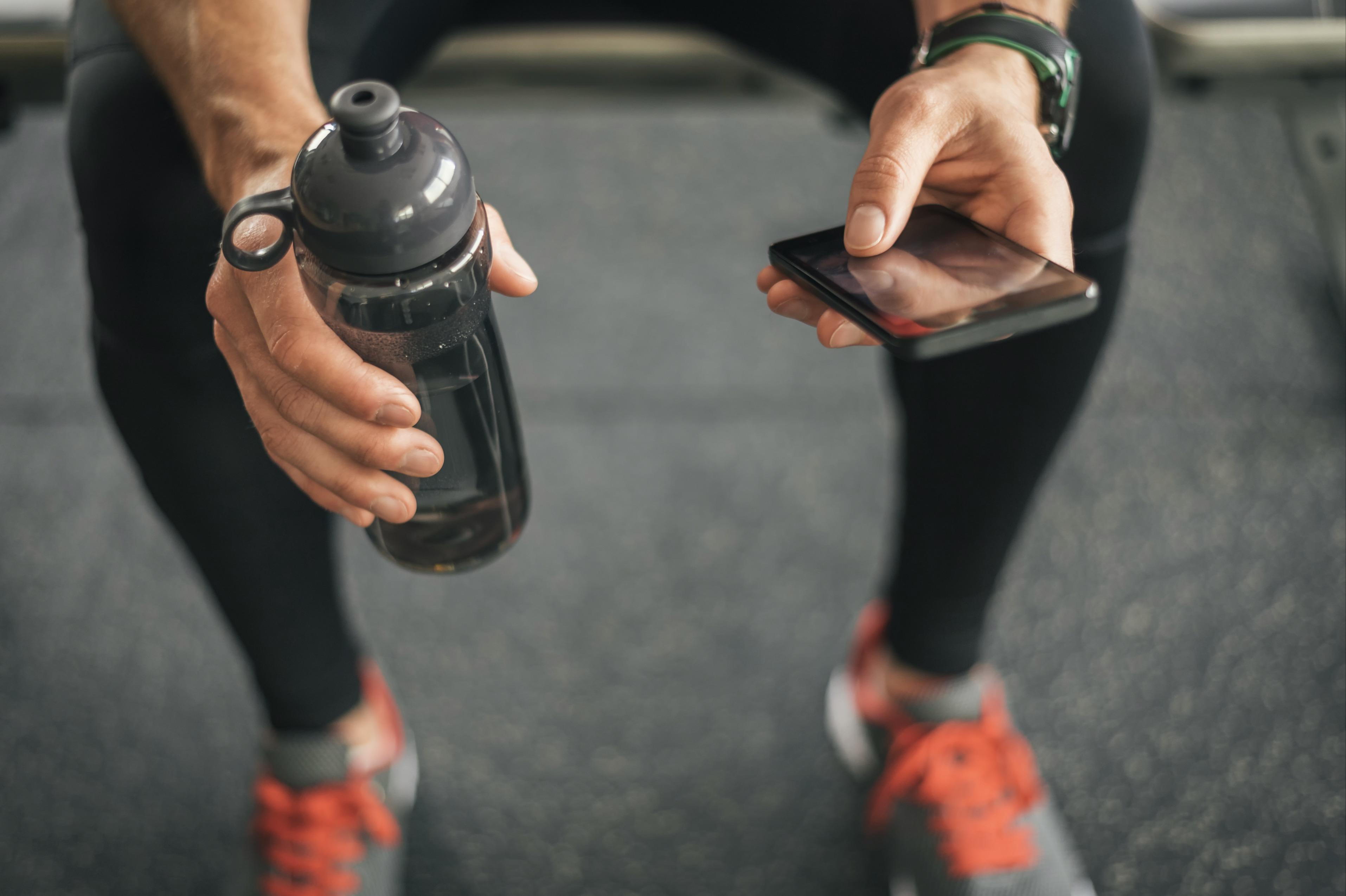Did you know that eight out of 10 Americans will experience back pain at some point in their lives? When you add in shoulder, hip, and other joint pain, we're all going to deal with pain at some point.
But even after physical therapy, chiropractic, and massage — at least 6 of those 8 will be back in pain within two years.
Why?
Because those treatments address the body — with no regard for the brain.
It’s actually your brain that tells your body how to move, how to stand, and whether or not you're in alignment. And despite what pop culture tells you, you can't actually "try" to correct posture or alignment. It’s an unconscious system — controlled by your brain — just like your heartbeat.
And if your brain is incorrectly telling your body to lean towards one side and put too much pressure on one hip, then no matter how many times you get a massage where your back and hip hurts, you haven't treated the cause of the pain — poor alignment.

From physical therapy to fusion surgery, the SI joint treatment field is booming with possible options. And as advances in medicine and surgery continue to be made, many of these solutions are high tech in nature.
In other words, is it a good idea to agree to treatment — especially one that makes permanent changes – when you’re not guaranteed the pain is actually coming from the SI joint?
The sacroiliac joint or SI joint (SIJ) is the joint between the sacrum and the ilium bones of the pelvis, which is connected by strong ligaments. In humans, the sacrum supports the spine and is supported in turn by an ilium on each side.
The lumbar spine, or low back, is a remarkably well-engineered structure of interconnecting bones, joints, nerves, ligaments, and muscles all working together to provide support, strength, and flexibility.
The low back supports the weight of the upper body and provides mobility for everyday motions such as bending and twisting. Muscles in the low back are responsible for flexing and rotating the hips while walking, as well as supporting the spinal column.
You might be surprised to hear that the real cause of sacroiliac pain is your posture. You see what holds your sacroiliac joint in place are your muscles, and these muscles might have different tension on both sides of your body.
This muscle tension responds to the command of your brain. And the command of your brain executes movement based on the information it receives from your sensory receptors, in this case, your feet.
How?
Our foot posture has a direct impact on your pelvis. Here is a simple way to assess your foot stability. Stand up and look straight ahead with both feet on the ground. Now gently lift on the leg and focus your attention on the other foot.
Did it move in or out? Now do the same test with the other foot, as seen in this video. Notice how both movements are different? Now, follow this movement and project it on your knee and hip.
Can you see how one side is internally rotated and the other externally rotated? Now you understand how your feet affect your hips.
A misalignment of the nearby anatomical structures onsets symptoms ranging from mild discomfort to severe debilitation. You may experience tender muscles or pain that radiates down the leg in critical cases.
The most common treatments for sacroiliac pain are manual therapies, medication, and surgery. This loop is called symptomatic treatment and fails to address the source of the problem, even in cases of prolonged treatment.
The process to reverse a condition such as an SI joint dysfunction is to address your posture, you can successfully do this by seeking a Posturepro trained practitioner.
Once your structure has been addressed, you can then start adding some strengthening exercises to restore proper range of motion.

Reset Your SI Joint with 3 Popular Movements
1) Pubic Symphysis
While in the supine position with your knees bent and your feet flat on the floor, place a softball or rolled up pair of socks between your knees. Very gently squeeze for a count of 5 and then slowly release. Do about 3-5 of these, but let your pain be your guide. In other words, stop if it hurts. 
2) Advanced Moves for Resetting Your SI Joint
Taking the tension out of your quadriceps muscles may help alleviate some of your SI pain. In the image above, the model is demonstrating the easiest type of quadriceps stretch, where you lie on one side and grasp your foot, ankle or even your shin behind you, then gently pull it toward you.
If you can’t reach, consider using a strap or belt around your foot to extend the reach space.
This position is not for everyone. If you are not used to exercising and you have SI joint pain, you may want to forego the side lying quad stretch as the position, more so than the stretch itself, may stress the joint. The side lying stretch is for beginners. 
Stretching the outer hip muscles, which are the opposing muscles to the inner thighs, may indirectly have the same effect as adduction, albeit in a less intense way. Plus, it can help release chronic tension that may be at least partially responsible for routine SI joint misalignment.
Pull your knees to your chest. If your back is up for it, which in part may be a matter of strong ab muscles, try the double knees to chest exercise. 
Solution for SI joint relief: The best way to SI joint imbalances is by providing your feet with proper stimulation.
The Foot Mechanics & Gait Cycle course covers techniques and intervention methods used to target poor foot posture and correct flat feet. Register here to begin a pain-free and healthy life!
References:
- Day, B. L., Steiger, M. J., Thompson, P. D., & Marsden, C. D. (1993, September). Effect of vision and stance width on human body motion when standing: Implications for afferent control of lateral sway.
- Kavounoudias, A., Roll, R., & Roll, J. P. (2001, May 01). Foot sole and ankle muscle inputs contribute jointly to human erect posture regulation.
- Oyarzo, C. A., Villagrán, C. R., Silvestre, R. E., Carpintero, P., & Berral, F. J. (2014). Postural control and low back pain in elite athletes comparison of static balance in elite athletes with and without low back pain.
- Shaikh, A. G., & Zee, D. S. (2017, December 19). Eye Movement Research in the Twenty-First Century-a Window to the Brain, Mind, and More.
- Wang, Z., & Newell, K. M. (2012, September 19). Asymmetry of foot position and weight distribution channels the inter-leg coordination dynamics of standing.
- Nejati P, Safarcherati A, Karimi F. Effectiveness of Exercise Therapy and Manipulation on Sacroiliac Joint Dysfunction: A Randomized Controlled Trial. Pain Physician. 2019;22(1):53-61.
- Tamer S, Oz M, Ulger O. Effects of sacroiliac joint mobilization on hamstring muscle flexibility and quadriceps muscle strength. Orthop J Sports Med. 2014 Nov; 2(3 Suppl). doi:10.1177/2325967114S00174.







